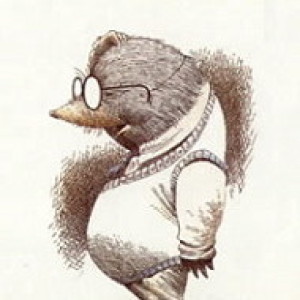The Foveran watch house.
In Britain, prior to 1832, the only legal source of human corpses for dissection and the teaching of human anatomy were those of executed murderers. Despite the fact that the 1752 Murder Act made penal dissection mandatory for convicted killers, there was a great shortage of bodies for dissection. This shortfall was made good by body-snatchers who dug up newly buried bodies for the anatomy schools.
In an attempt to prevent grave robbing many kirkyards were guarded overnight by local volunteers for several weeks after a burial, until the body was too corrupt to be of interest to the anatomists. The Kirk Session often built a watch-house in or adjacent to the graveyard to provide shelter for the watchers.
In the background of this photograph are the derelict, roofless remains of the watch-house built at the edge of our local kirkyard at Foveran. Built on the outside of the kirkyard wall it was equipped with a fireplace and an upper window which gave a clear view of the graves.
There is no record of anyone being successfully snatched from their grave in this graveyard. However, buried here there is at least one man who had a very narrow escape indeed from being anatomised. The following extract from the Foveran Burial Register explains what happened:
7th March 1770. Interred James Christall, lawful son of Robert Christall in Cotton of Mains of Foveran. His grave is upsides with Andrew Raneys at the back of the aisle. He died in the lands of Belhelvie, and was found by some traveller on the 5th of March, carried to the Kirk of Belhelvie, where he was to remain till he was put in a coffin. But the doctors of the infirmary broke the windows of the Kirk and carried him to Aberdeen; but the minister of Foveran, sending him some letters to the magistrates and doctors they were obliged to send him in a hearse to Foveran and fined for their indecent behaviour.

Comments
Sign in or get an account to comment.


